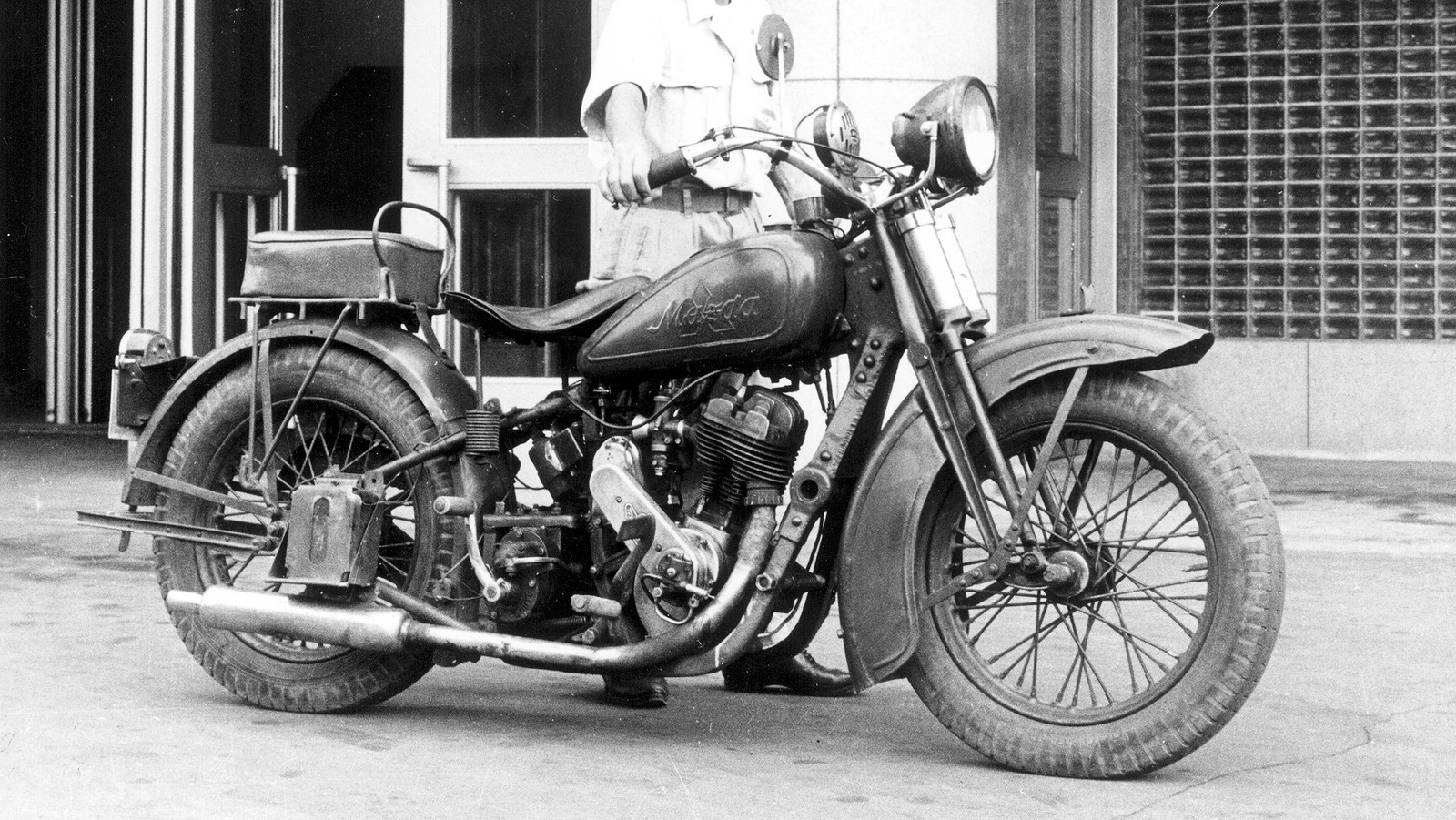
Many enthusiasts recognize Mazda for its longstanding interest in rotary engines, its legendary MX-5 Miata sports car, and its appealing lineup of hatchbacks, sedans, and SUVs. Throughout the years, Mazda has explored various car body styles, resulting in some of its rarest models, which range from a military Jeep created for the Burmese government to a large executive sedan powered by a compact 1.3-liter rotary engine.
Advertisement
In its formative years, Mazda also dabbled in motorcycle manufacturing, even clinching a racing victory in Japan with one of its limited two-wheeled creations. However, Jujiro Matsuda, the company’s owner at the time, determined that three-wheeled vehicles were likely to generate more profit, leading to the swift cessation of motorcycle production shortly after it began.
Matsuda had taken the reins of Mazda, then known as Toyo Cork Kogyo Co., in 1921. Initially a cork manufacturer, under his leadership, the company quickly branched out into different sectors. Its first diversification led to machine tools, and by 1929, Mazda had produced its first prototype engine: a 250cc two-stroke model. Just a few months later, six of these engines were fitted into prototype motorcycles.
Advertisement
Mazda’s Race-Winning Motorcycle
In March 1930, Mazda produced an initial batch of six motorcycles, later escalating to 30 units for public sale in the ensuing months. Lacking its own distribution network, Mazda’s motorcycles were sold via Mitsubishi dealerships, resulting in both the Mazda and Mitsubishi logos appearing on their fuel tanks. In October 1930, the Mazda motorcycle participated in its inaugural race in Hiroshima, triumphing despite fierce competition from more established brands.
Advertisement
However, despite this promising start, Mazda shifted its focus to three-wheeled vehicles in 1931, producing an initial run of 66 units branded as the Mazda Go. Similar to the motorcycles, these three-wheelers were marketed through Mitsubishi dealerships, featuring Mitsubishi branding. The Go proved to be successful, prompting the development of a heavy-duty variant with a larger 485cc engine the following year.
This success, however, came at the cost of Mazda’s nascent motorcycle venture, which was ultimately discontinued in favor of three-wheelers. Since that early exploration, Mazda has not revisited the motorcycle market; today, even many of the brand’s enthusiasts might be unaware of this forgotten segment of its history.
Advertisement